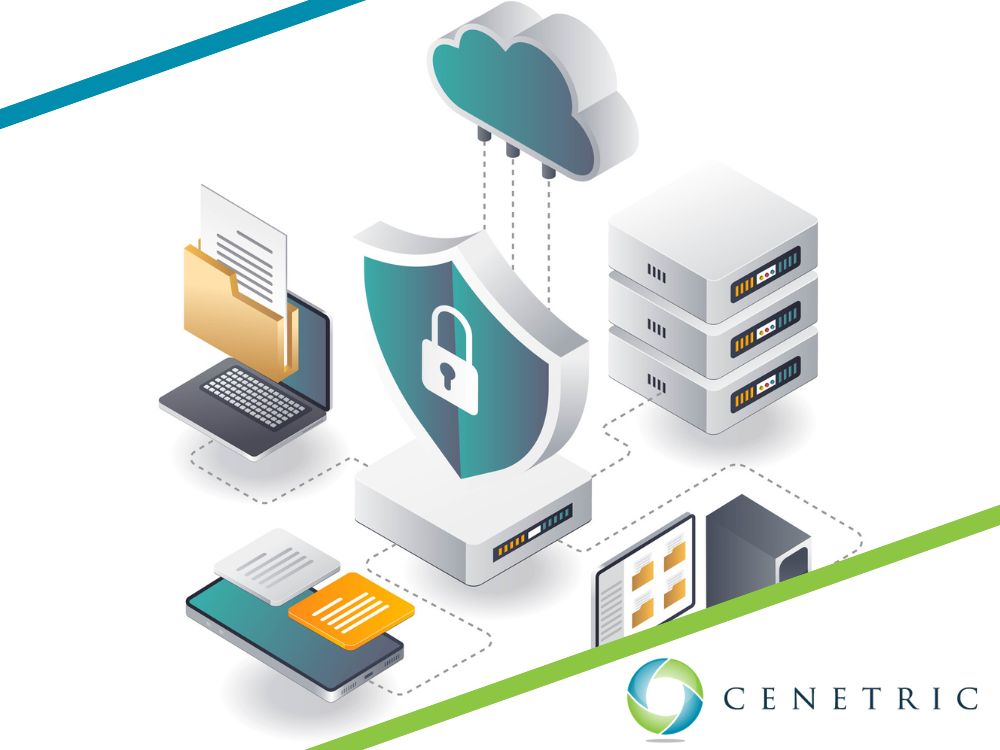
Photo Credit: iStock
By Dave Warner, Systems Engineer at Cenetric
In the past, antivirus software was all you needed to make sure you’re protected from viruses. But today’s threat landscape is complex and evolving by the minute.
While antivirus software like Norton Antivirus and McAfee will protect the devices you put them on from known threats on each individual device, that level of protection just isn’t enough for a business.
Businesses need endpoint protection
What you need to look at instead are more vigorous protections called endpoint protection programs (EPP) or endpoint detection and response (EDR). Generally, EPP solutions are best suited for SMBs.
But what’s an endpoint, anyway? It’s any device or server that might be on your network, physically or virtually. Laptops, mobile phones, tablets, cloud servers, and even IoT devices like thermostats or cameras are all endpoints. All endpoints can be called a device, but not all devices are endpoints. To be considered an endpoint, a device must connect to a network.
And that’s exactly why cyber criminals love attacking endpoints — they’re a way into an entire network. Traditional antivirus solutions just aren’t enough because they lack the proactive protection that endpoint solutions offer.

Photo Credit: iStock
Why endpoint protection is stronger than antivirus software
Long story short, endpoint protection solutions are more robust than antivirus software and do much more to protect your business.
They detect of all types of threats
Antivirus software protects you from existing malware by comparing files to a database of known virus code. Endpoint solutions watch for all suspicious activity, allowing it to catch new threats that aren’t widely known yet.
They also implement zero-trust protocols— no endpoint is trusted automatically, even if you own it and it’s on your secure network. Zero-trust is especially important when employees use their own devices to interact with your data and systems, particularly in places without secure Wi-Fi.
They monitor and respond in real time
While antivirus solutions scan based on schedules, leaving gaps threat actors can slide through, endpoint solutions continuously monitor for threats and stop them immediately before they can harm your network.
They protect against more than just viruses and malware
Believe it or not, there are attacks that don’t rely on viruses at all and instead turn an endpoint’s core system against your business. For example, if suddenly an entire drive is being encrypted and uploaded to a dark web server, endpoint solutions will see that activity and stop it.
Cenetric will help you protect your business from cyberattack
If you’re using traditional antivirus solutions in your business, you’re putting your company in a dangerous position. Instead, EPP and EDR solutions are designed to protect an entire network of devices from the complex threats businesses are faced with.
At Cenetric, we typically use the highly regarded SentinelOne or Microsoft Defender for Endpoints solutions with our clients. These two options are especially effective if you pair them with a solid managed detection and response solution like Huntress or Sentinel One Vigilance. (Though, as a vendor-neutral managed services provider, we’ll never push any particular solution on you, of course.)
No one’s expecting you to make sense of this technology all on your own — it’s a lot to take in. Cenetric helps clients with this all the time and can help you choose the right endpoint solution for your business. Even if you’ve already been hit by a cyberattack, we can help you repair the damage and implement the right protection for the future.
In either case, Cenetric has the experience to get — and keep — you covered when it comes to cybersecurity. Let’s talk about your needs today.
